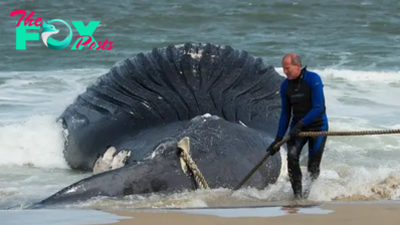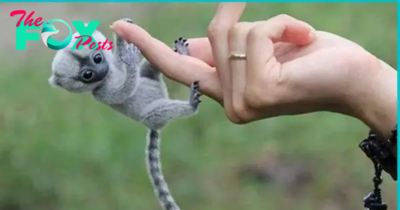Mysterious
/10. Behold a bird adorned with a mesmerizing array of intricate colors, so strikingly complex that it seems almost unbelievable!
One of the most dazzling of all the world’s birds; the intricate yellow, red, and black pattern on the spread wings is truly otherworldly. A bird with plumage so stunning, and colors so eye-catching, he’s almost otherworldly.
MEET THE SUNBITTERN

The sunbittern (Eurypyga helias) is a bittern-like bird living in the tropical regions of the Americas that shares many physical characteristics with other Bitterns. Their plumage is black, grey, and brown. The flight feathers are vividly colored in the center and when the wings are spread – exhibit a pattern that resembles bright eyespots in red, yellow, and black. The bird has a generally subdued coloration, with fine linear patterns of black, grey, and brown. Its remiges however have vividly colored middle webs, which with wings fully spread show bright eyespots in red, yellow, and black. These are shown to other sunbitterns in courtship and threat displays or used to startle potential predators. The color of the legs and feet ranges from yellowish-orange to reddish. The bill is long and pointed.

Male and female adult sunbitterns can be differentiated by small differences in the feather patterns of the throat and head.
Like some other birds, the sunbittern has powder down.

These birds have a range that stretches from southern Mexico through Guatemala to southern Peru and Brazil in South America. They are resident (non-migratory) birds.
Sunbitterns like to live in humid Neotropical forests with an open understory as well as near rivers and streams.

Sunbitterns consume a wide range of animal prey. Insects form an important part of the diet, with cockroaches, dragoNFLy larvae, flies, katydids, water beetles, and moths being taken. Other invertebrate prey includes crabs, spiders, shrimps, and earthworms. They will also take vertebrate prey including fish, tadpoles, toads and frogs, eels, and lizards.

Sunbitterns start nesting in the early wet season and before it starts they make flight displays 10–15 m (33–49 ft) high in the forest canopy. They build open nests in trees and lay two eggs with blotched markings. The young are precocial but remain in the nest for several weeks after hatching.

Sunbitterns are also one of 12 species of birds in five families that have been described as fishing using baits or lures to attract prey within striking distance. This type of behavior falls within the common definition of tool use. In sunbitterns, this behavior has only been observed in captive birds so far.

This bird is regarded as of least concern on the IUCN red list.
WATCH THIS BIRD RIGHT HERE IN THE VIDEO BELOW:
-

 Mysterious7h ago
Mysterious7h agoST “Resilient Revival: Albino Elephant Liberated from Poacher’s Trap Thrives in Incredible Comeback – Witness the Uplifting Rejuvenation!” ST
-

 Mysterious13h ago
Mysterious13h agoST “Setting Records: Fisherman Catches Enormous Fish from Italian River after Epic 43-Minute Battle!” ST
-

 Mysterious13h ago
Mysterious13h ago“Tree of Life” Grows on Salt Island in the Middle of the Dead Sea KS
-

 Mysterious19h ago
Mysterious19h agoqq As a New Elephant in South Africa Displays Agitation, Tourists Prudently Stay Inside Their Vehicles.
-

 Mysterious19h ago
Mysterious19h ago/5.Though the endeavor to liberate the stranded humpback whales was arduous, witnessing their liberated swim made every ounce of exertion worthwhile.
-

 Mysterious1d ago
Mysterious1d agoLS ””The Colossal Wonder: Revealing Exceptionally Large Lobsters””
-

 Mysterious1d ago
Mysterious1d agoLS ””Capturing the Unforgettable: Astonishing Encounter as a Massive Humpback Whale Glides Beside a Fishing Boat – Rare Footage of a Lifetime!””
-

 Mysterious1d ago
Mysterious1d agoqq The discovery of the world’s largest freshwater fish stirs intrigue, as fishermen reel in a mysterious river creature weighing as much as a grizzly bear.



















